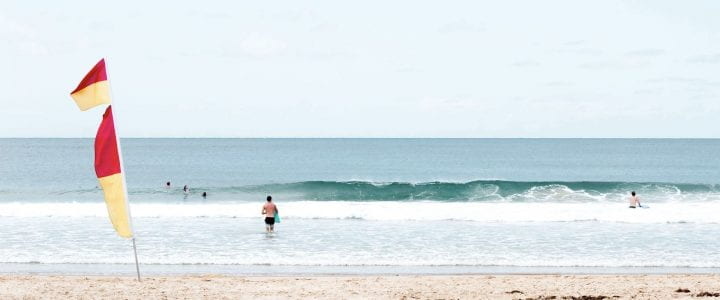The Emergency Services Infrastructure Authority (ESIA) has been established to improve the delivery of emergency services infrastructure in Victoria. ESIA ensures the efficient, effective, timely and transparent delivery of built infrastructure projects to support emergency services in the critical work they do in protecting our community.
The primary focus of the Authority’s work is infrastructure assets supporting volunteer brigades and units. The new body forms part of the Emergency Services portfolio, however, it is independent of the existing agencies and authorities.
Commencing as part of the first stage of implementation during 2017-18, was the Victoria State Emergency Service (VICSES), Life Saving Victoria (LSV) and Marine Search and Rescue (MSAR). The Authority will focus on the delivery of building facilities (including vessels) for these volunteers, as these assets are crucial to supporting our committed volunteers in serving the community.
ESIA engages specialist staff with building and construction backgrounds, bringing together project management and procurement expertise to ensure that facilities are delivered efficiently and fit-for-purpose, resulting in better supported and connected emergency services.
Modern and appropriate facilities not only support the emergency services in their vital work for all Victorians, but contemporary services help sustain and encourage volunteerism within the community.
Any further inclusion of agencies under the ESIA umbrella will be the subject of extensive consultation with the identified bodies, volunteers and their representatives, as well as staff and the broader community.
ESIA’s purpose: To enhance the safety of all Victorians by ensuring the effective, efficient, timely and transparent delivery of VICSES and LSV built infrastructure projects, and MSAR sector vessels.
Scope of Work
To design and develop modular Surf Life Saving temporary facilities for Victorian Surf Lifesaving Clubs. These facilities need to be demountable, sustainable, scalable, self- sufficient with power/energy, water, solar and containment of waste. These modular facilities need to be secure with separate toilets and showers for male and female and minimal excavations to the site, to account for the sensitive landscapes these facilities are to be temporarily located upon. Modular design to include:
- Kitchen facilities
- Shower and toilets
- Briefing room
- First aid room
- Storage for surf lifesaving equipment
Equipment to include:
- Rescue boat, ATV, Water storage, heating/cooling, waste tanks, radio and communications equipment, base power- PV and Batteries.
Stakeholders for the erection of these facilities will include DELWP, Local Councils, Surf Lifesaving Clubs, Energy Services and Emergency Services Infrastructure Authority.
The deliverables of the project are structured under a staged approach. The deliverables of the project include:
| Deliverable | Description | Initial Timing Estimate (2020) |
| Project plan | · Project Plan and Site Visit | Mid March |
| Milestone 1 | · Literature and data review about temporary modular design of demountable facilities | March- April |
| Milestone 2 | · Model and establish energy and water usage to size equipment requirements | April-May |
| Milestone 3
|
· Design of Modular facilities | May- June |
| Milestone 4 | · Review and provide advice about how to best to address modular facility design
|
May-June |
| Draft project report | Draft project report and designs, diagrams, schematics, models &protoypes and presentation, | Early June |
| Stakeholder engagement | · Feedback from ESIA | July |
| Final Report | · Project report with accompanying presentation materials and and designs, diagrams, schematics, models & prototypes. ) | End July |
The project report shall be written up as a scientific report, but not limited to, the following sections:
- Background
- Assumptions and constraints
- Modelling
- Design
- Protoyping
- Conclusions
- Recommendations
- Next steps
The project deliverables shall be written for a wide audience. It should be assumed the majority do not have an in-depth understanding of the design process.
TBD
Attributes required include:
- Knowledge of Industrial Design
- Knowledge of design
- Energy modelling
- Self-motivated
- Data analysis, modelling skills
- Good report writing skills
Student Selection
ESIA shall be an active participant in selection of a suitable students for this Industry Engagement project. Participation should include ESIA reviewing the proposed students, based upon RMIT recommendation and maybe involved in interviewing the students. .
Expenses
ESIA shall cover the travel and accommodation costs for the student whilst engaged in collecting site data and verification of requirements and processes and the costs associated with prototyping, modelling, materials and publication of documentation.

